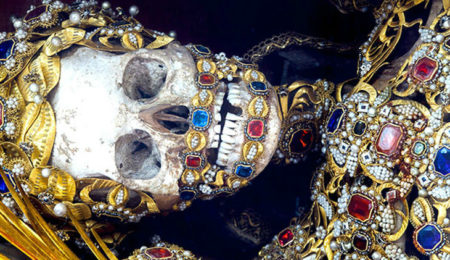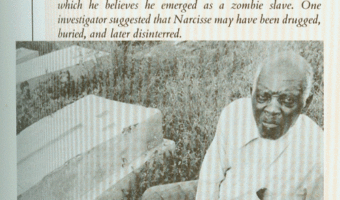400-Year-Old Jewel-Encrusted Skeletons Unearthed In Churches Across Europe

In 1578, a network of labyrinthine tombs was discovered lurking beneath the streets of Rome. These tombs had long been home to the decayed skeletons of early Christian martyrs, who were believed to be saints due to their bravery and unwavering support for Christian beliefs. Most of these skeletons, named “The Catacomb Saints,” were distributed across Europe to replace the holy relics that had been stolen, destroyed, or smashed during the Protestant Reformation.
Upon delivery, the skeletons were clothed and adorned with precious jewels, crowns, expensive clothes, wigs, and armor. They were then displayed inside some churches as a reminder to visitors of the wealth and riches awaiting them after death. However, this would only occur if they swore allegiance to the Christian faith.

Paul Koudounaris, a self-confessed relic hunter, was so fascinated by this discovery that he traveled all over Europe documenting the status of each of the saints. Amazingly, most of the skeletons have yet to be displayed—they are still stored in their containers, waiting to be dressed. His book, known as Heavenly Bodies: Cult Treasures & Spectacular Saints from the Catacombs, takes an in-depth look at the origins and history of these Catacomb Saints. It poses questions like: Who were they? How did they die? Who ordered their placement in the Catacombs? Why were they forgotten for so long? Check out some of these elaborate and forgotten relics from a bygone era.
































